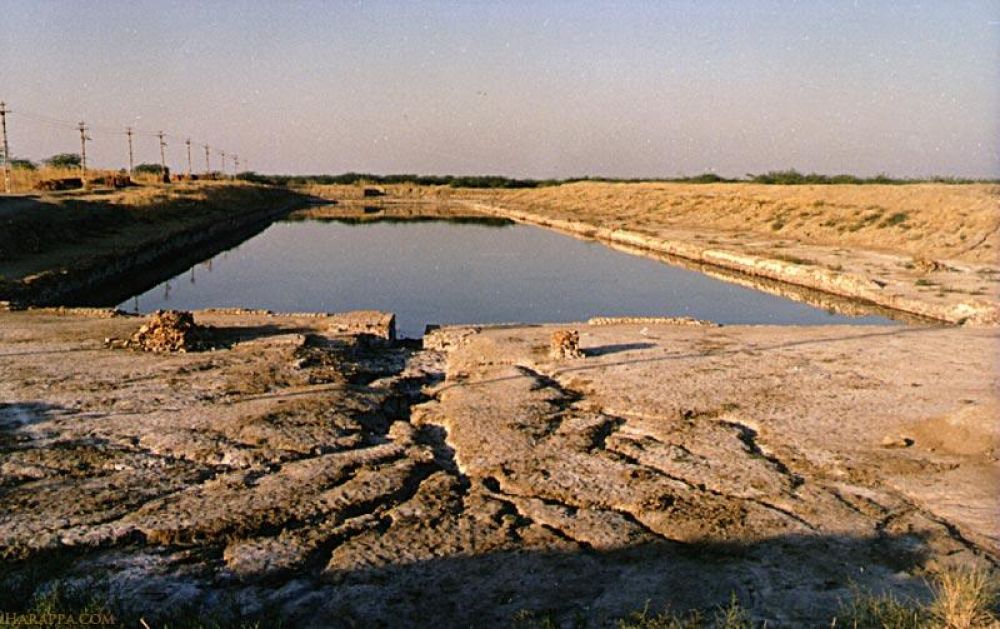

Lothal, an ancient city dating back to the 2400 BCE, is one of the prominent city sites of the Indus Valley civilization. Located in the Bhal region of the modern state of Gujarat, Lothal played a critical role in the trade and commerce of the Harappan civilization. Its discovery in 1954 during an archaeological excavation led by the Archaeological Survey of India (ASI) under the guidance of archaeologist S.R. Rao, marked a significant milestone in the understanding of India's maritime heritage.
The excavation of Lothal brought to light the ingenuity of urban planning and engineering of the Harappan people. The most remarkable discovery was the Lothal Dockyard, believed to be the world's earliest known dock, suggesting that Lothal was a thriving trade hub with maritime connections.
Visitors to Lothal today can witness the well-preserved dock that once serviced ships from distant lands. Beyond the dockyard, the archaeological site includes a town layout showcasing the acumen of the urban planners of the Indus Valley Civilization. Structures such as warehouses, workshops, residential areas, and market streets can be explored, providing a glimpse into the life of Lothal's inhabitants more than 4,000 years ago.
Near the site, a museum established by the ASI showcases artifacts recovered from the excavations, such as beads, terracotta ornaments, pottery, and tools. This museum plays a critical role in educating visitors on the significance of Lothal in ancient times.
Since its excavation, Lothal has attracted scholars, history enthusiasts, and tourists from all over the world. The significance of Lothal increased manifold when historians and archaeologists started correlating its findings with the other Indus Valley sites, establishing it as a crucial link in understanding the expanse and prowess of the Harappan civilization.
Over time, the government and tourism boards have recognized Lothal's potential as a historical and educational destination. Efforts to improve accessibility and visitor facilities have been ongoing, and the site has been included in various heritage tourism circuits within Gujarat.
In recent years, there has been a surge in heritage tourism, with Lothal benefiting from this trend. Not only does it appeal to domestic travelers, but it also captures the interest of international tourists seeking to explore ancient civilizations. Lothal's inclusion in various travel itineraries and its proximity to major cities like Ahmedabad boost its accessibility and popularity.
Sustainable Tourism Initiatives
The local and state authorities are working towards promoting sustainable tourism practices in and around Lothal, aiming to preserve this ancient heritage site for future generations. There's a renewed emphasis on visitor education and engagement through guided tours, information boards, and interactive sessions that bring ancient Lothal to life.
As a destination expert, it's important to advise visitors to respect the historical integrity of the site, refrain from touching or damaging the ruins, and follow the guidelines set by the archaeological authorities to ensure that Lothal remains a testament to India's rich cultural past and continues to be a source of fascination and discovery for tourists around the world.